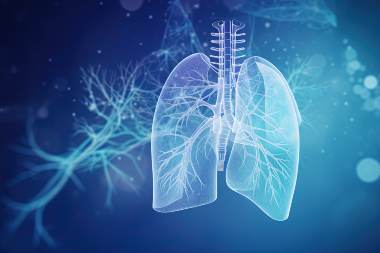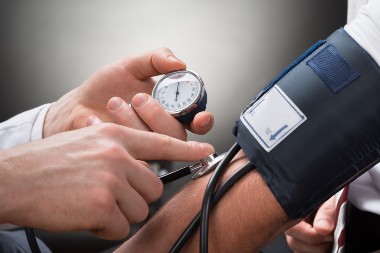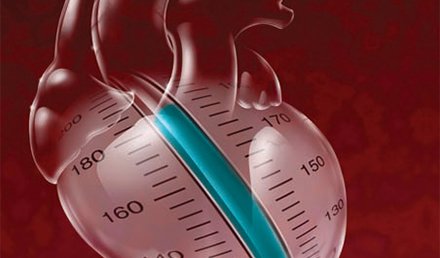Last week, the Food and Drug Administration approved the medication sotatercept, which traps activins that cause constriction of arteries in the lungs, leading to pulmonary arterial hypertension (PAH). Sotatercept targets a growth factor that is overproduced in PAH, reducing the risk of blood vessel thickening. The population with PAH is relatively small—diagnosed in 500 to 1,000 Americans annually and disproportionately affecting women between the ages of 30 and 60, according to the American Lung Association. …
Read More




